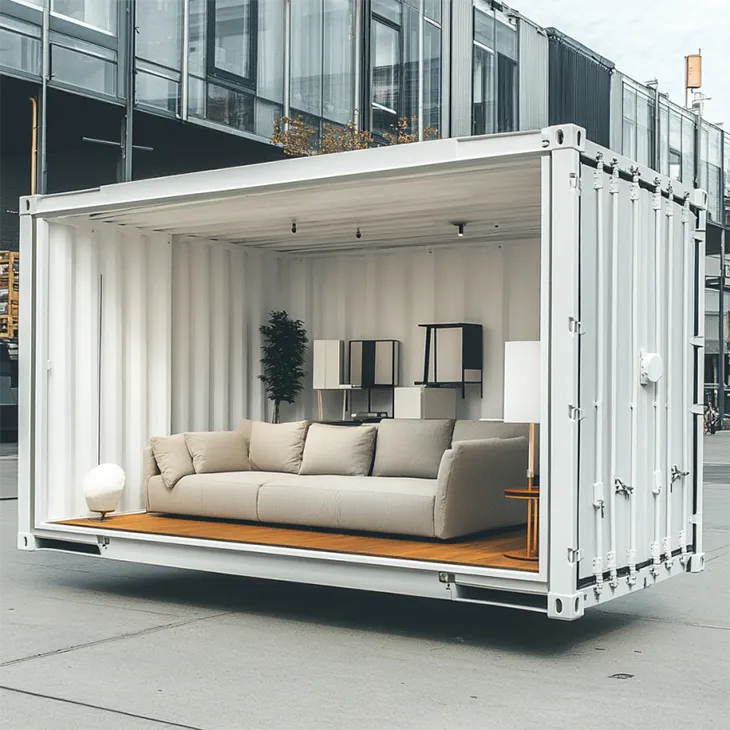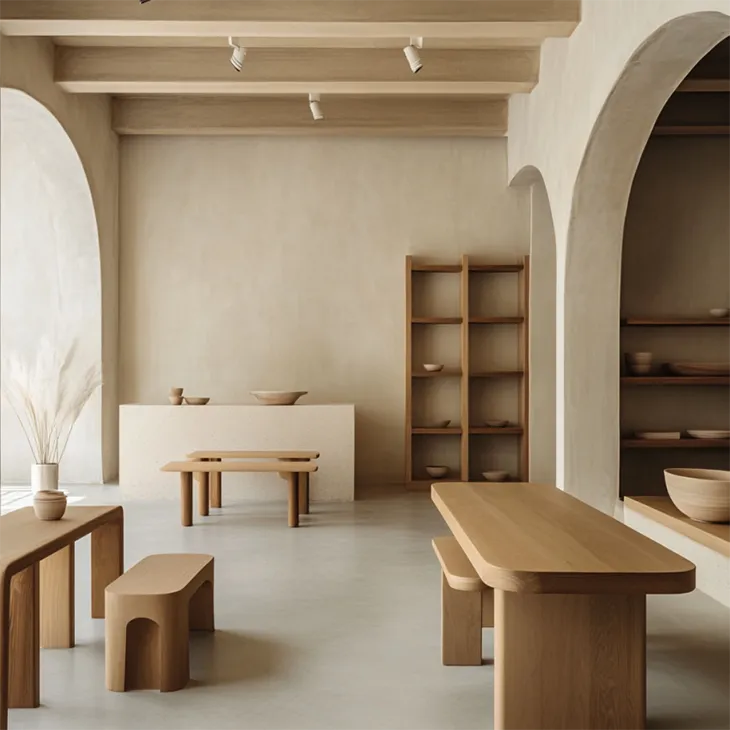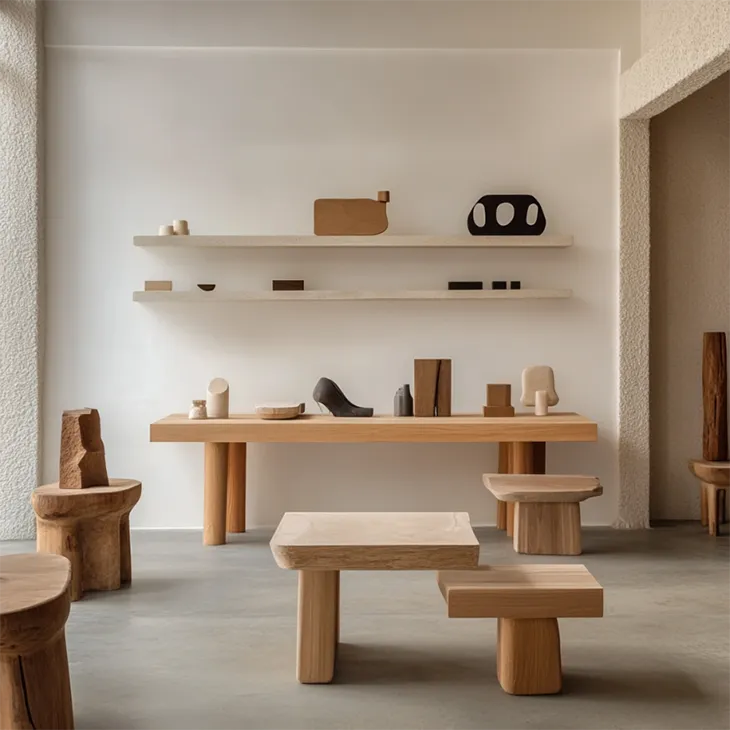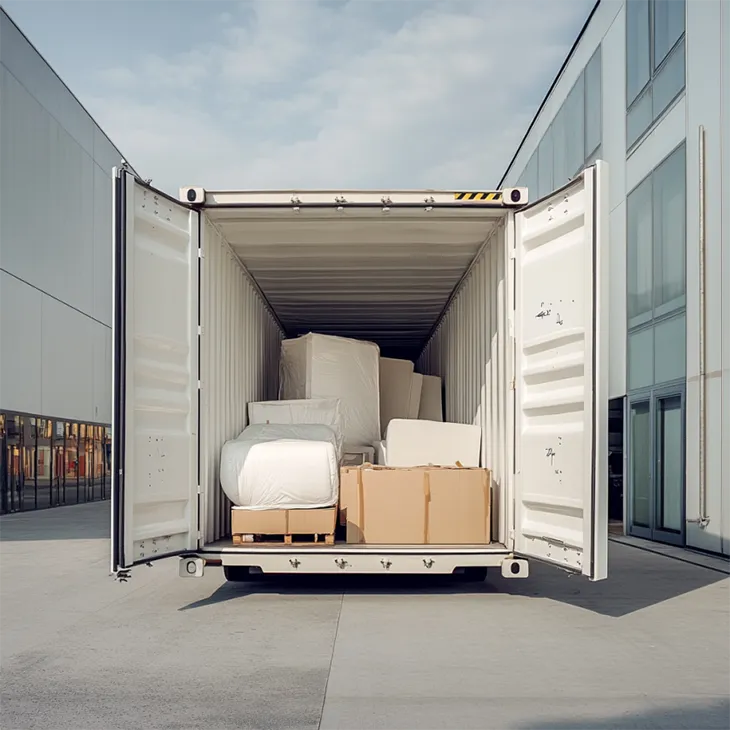
Relocating or expanding a furniture store is no small feat – especially in a major metro area like Minneapolis where space is tight, logistics are critical, and customer expectations are high. Whether opening a new showroom, remodeling an existing space, or temporarily vacating for renovations, furniture retailers need flexible, secure solutions that support business continuity.
Portable storage solutions, including options from providers like PODS, have emerged as a practical approach for managing complex retail transitions. Container-based systems offer scalable options that simplify inventory handling, reduce operational downtime, and accommodate flexible project timelines – essential considerations when navigating the logistics of large-scale furniture moves, showroom renovations, or multi-phase retail expansions.
Services like PODS portable storage Minneapolis provide furniture retailers with the infrastructure needed to maintain business continuity during transitions. These portable units can be positioned on-site or nearby, offering convenient access to inventory while eliminating the constraints of traditional warehouse schedules and third-party logistics coordination.
1. Simplify Inventory Management During Transitions
Inventory is the lifeblood of any furniture retailer, and during store transitions, managing that inventory becomes significantly more complex. Whether you’re moving an entire showroom or just part of a display floor, portable storage offers a straightforward, secure solution for storing excess merchandise.
Instead of relying on traditional warehouses that may involve long-term contracts, separate transportation costs, and limited flexibility, retailers can load their merchandise directly into a portable storage container at their current location. This eliminates double-handling and allows teams to control the pace of the move, minimizing the risk of loss or damage.
For multi-location retailers, these containers can even function as temporary holding areas during inventory transfers, showroom swaps, or regional pop-up events.

2. Protect Merchandise from Damage and Weather
Minneapolis weather is unpredictable. Snow, rain, wind, and even extreme heat can all put furniture stock at risk – especially during the loading and unloading process. These containers are built to withstand outdoor elements, providing a buffer between valuable merchandise and the environment.
This is especially important for high-end furniture retailers whose products include wood, fabric, leather, and glass. Exposure to moisture or extreme temperatures can lead to warping, mold, discoloration, or other irreversible damage.
By staging furniture inside a container – either onsite or offsite – retailers gain an extra layer of protection for high-value items, while still keeping them accessible for merchandising or delivery when needed.
3. Support Flexible Renovation Timelines
Most renovation projects don’t follow a perfect timeline. Delays due to permitting, contractor availability, supply chain issues, or weather can easily push back reopening dates. Portable storage gives retailers built-in flexibility to adapt as project conditions change.
Instead of being forced to move everything into a warehouse and retrieve it on a strict schedule, store managers can adjust container use as needed, extending on-site or off-site storage time without financial penalties. This prevents premature product returns and allows more control over restaging operations.
Retailers can even use containers as on-location supply depots, where construction materials, tools, and temporary displays are stored safely during the renovation – keeping back rooms and sales floors clutter-free.

4. Reduce Business Disruption During Remodeling
Staying open during renovations can maximize revenue – but only if customers can still enjoy a positive shopping experience. To do that, retailers need to limit the chaos, noise, and clutter often associated with in-store upgrades.
Mobile containers give store owners a place to move non-essential items off the floor, including extra stock, promotional setups, or outdated fixtures. This creates a cleaner, more navigable space for customers, even when work is underway behind the scenes.
It also provides a safer work environment for staff and contractors, with fewer obstacles and a more organized setup. Some businesses even use portable containers to temporarily stage new merchandise ahead of a rebrand or store relaunch.
5. Create a Mobile Staging Area for New Store Launches
When opening a new retail location, timing is everything. Delays in fixture installation or merchandising can slow down the store launch – which means lost revenue and marketing momentum.
Portable storage units serve as mobile staging hubs, giving retailers the ability to load display furniture, signage, POS systems, and decor ahead of time. Once the new space is ready, the container is delivered onsite and unloaded quickly – without the need for coordinating large trucks or crews on short notice.
This approach also allows visual merchandising teams to pre-assemble vignettes, furniture groupings, or promotional setups in advance, reducing setup pressure and helping the store open with a polished look from day one.

6. Improve Logistics in Urban Environments
Retailers in dense metro areas like downtown Minneapolis often face logistical challenges: limited dock access, narrow alleys, limited parking, or shared delivery zones. Traditional freight services may struggle to meet these demands, and scheduling conflicts can disrupt store operations.
A container can be strategically placed near the store, in a side lot, alley, or adjacent parking space, offering immediate access to merchandise without the hassle of back-and-forth trucking. This is especially useful for managing overstock, seasonal items, or slow-moving inventory that doesn’t need to be on the floor 24/7.
In areas where loading times are restricted, having a container on-hand also allows for more flexible delivery and stocking schedules, keeping operations smooth even during high-traffic times or special sales events.
7. Scale Storage Based on Business Growth
For multi-store operators or independent retailers on a growth trajectory, being able to scale operations without committing to costly permanent infrastructure is essential. Portable storage lets furniture businesses expand their inventory footprint as needed – without building a new warehouse or adding long-term overhead.
During high-volume seasons, containers can supplement current storage with short-term flexibility. And for expanding businesses testing new locations, portable units provide just enough storage to pilot new merchandising strategies, regional promotions, or local event activations – all without risk.
This scalable approach supports experimentation and controlled expansion, both critical to long-term retail sustainability.
In a competitive retail landscape, flexibility and control are more valuable than ever. For furniture retailers in Minneapolis navigating store moves, expansions, or renovations, having the right storage strategy can reduce stress and increase operational efficiency.
From inventory protection and project flexibility to streamlined merchandising and simplified logistics, portable containers are more than just storage – they’re a strategic tool for retail success.
Whether you’re managing a single-location storefront or coordinating a multi-store rollout, the right storage partner can help your business stay organized, adaptable, and prepared for whatever comes next.



















